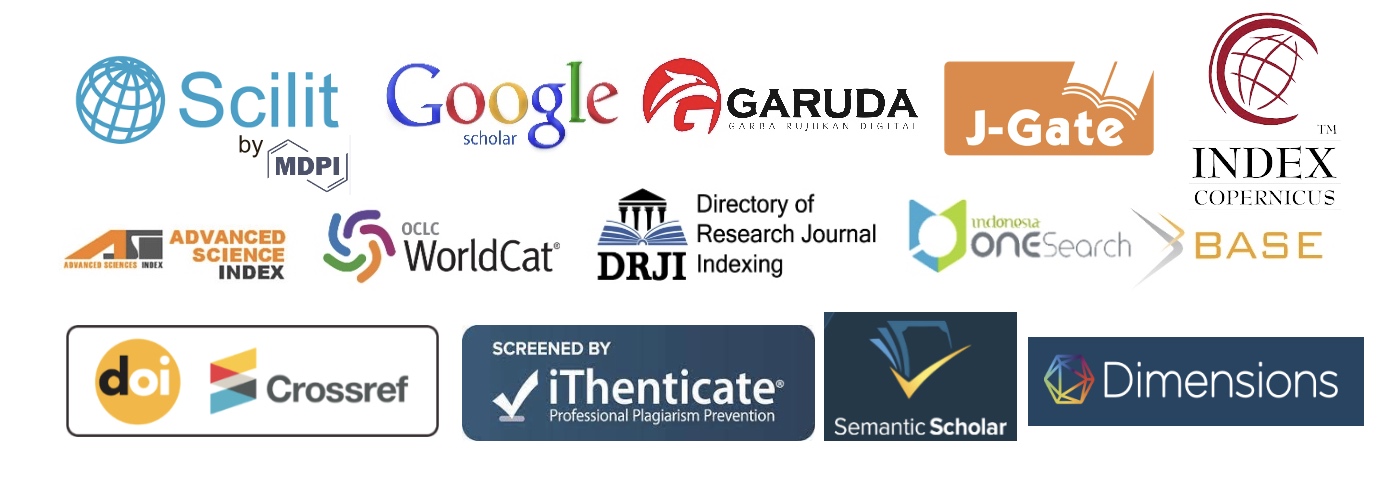IoT-Based System for Detecting Grain Moisture Content to Improve Rice Harvest Quality
DOI:
https://doi.org/10.35842/icostec.v3i1.73Keywords:
BME280 Sensor, Capacitive Soil Moisture Sensor, ESP32 module, Grain Moisture Content, IoT-based System, Negative Temperature Coefficient (NTC) sensorsAbstract
Drying grains serves to remove excess moisture, prevent rot, and increase shelf life for farmers. The duration of time required to dry rice is a critical parameter affecting grain quality and sale value. To achieve ideal grain moisture content, various farmer groups utilize grain drying machines such as Bed Dryers. However, drying machines are currently unable to automatically learn the characteristics of the moisture content of the grain being dried, necessitating human input to determine the optimum moisture content. To address this challenge, we propose the creation of an Internet of Things (IoT)-based grain moisture content measuring device, which can be integrated into a Bed Dryer machine. The resulting IoT tool can be augmented with machine learning, web, or mobile applications. However, this research is solely focused on IoT tools design and manufacturing. The ESP32 module functions as a data control and communication device for each sensor connected to the internet network in IoT devices. The sensors utilized for measuring grain moisture content are BME280, Capacitive Soil Moisture, and Negative Temperature Coefficient (NTC) sensors. The findings present data on grain temperature values, grain drying environmental temperatures, and grain moisture content. This information can serve as a reference point for developing machine learning algorithms, web applications, and mobile applications that guide the ideal water content value of grains.


